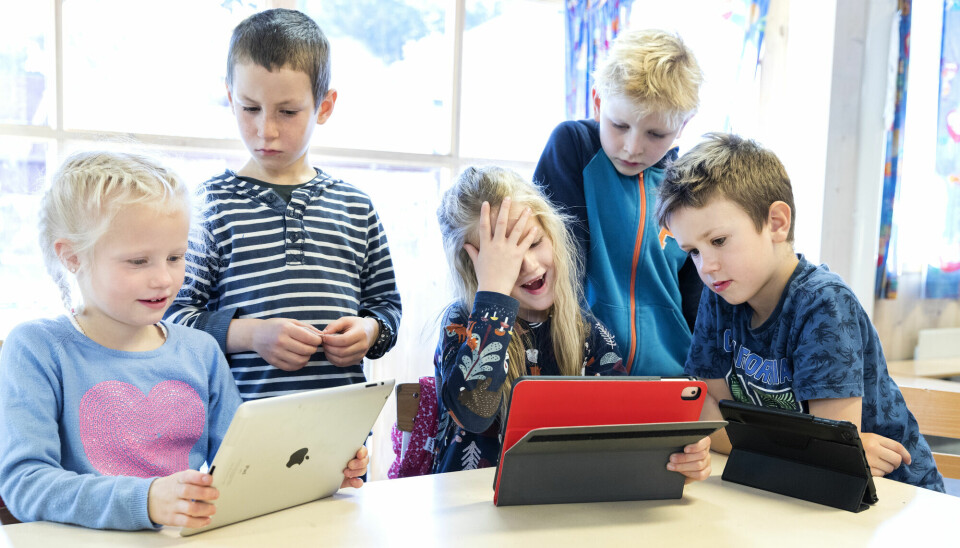
Norwegian Institute of Public Health:
The real concern with social media is not the amount time spent on it
The fact that adolescents spend a lot of time on social media is not what is most problematic about the development, according to a study from the Norwegian Institute of Public Health.
Adolescents who more often feel that others monitor them on social media to see what they are doing, where they are, or who they are with, on the other hand, more often have symptoms of anxiety and depression than others, according to the Norwegian Institute of Public Health (NIPH).
A total of 2,000 adolescents from upper secondary in Bergen, Western Norway, participated in the study.
Researchers found that those who had symptoms of anxiety and depression more often responded that they felt overwhelmed by social media, monitored, and wished they learned more about how its use affects them. These three statements are considered ‘a source of concern’ by the researchers.
Does not have to be problematic
“So, it’s something other than the high amount of time spent on social media that’s concerning,” says researcher Turi Reiten Finserås at NIPH.
The researchers, however, do not conclude that social media causes mental health problems in some adolesents.
“Mental health problems may be due to other conditions that we haven’t examined,” she says.
“Our findings suggest that measuring time spent on social media isn’t an accurate indicator of its problematic aspects. It’s the other facets of social media use that might pose potential issues.”
Snapchat high on the list
In Norway, about 90 per cent of all adolescents use social media, of which 37 per cent say they use it more than three hours a day, according to NIPH.
The most used social media among boys in the study:
- YouTube – 91 per cent
- Snapchat – 91 per cent
- Instagram – 84 per cent
- TikTok – 60 per cent
The most used social media among girls in the study:
- Snapchat – 97 per cent
- Instagram – 96 per cent
- TikTok – 81 per cent
- YouTube – 78 per cent
———
Translated by Alette Bjordal Gjellesvik
Read the Norwegian version of this article on forskning.no
Reference:
Finserås et al. Reexploring Problematic Social Media Use and Its Relationship with Adolescent Mental Health. Findings from the “LifeOnSoMe”-Study, Psychology Research and Behavior Management, vol. 16, 2023. DOI: 10.2147/PRBM.S435578
Related content:
Most viewed
No content

































